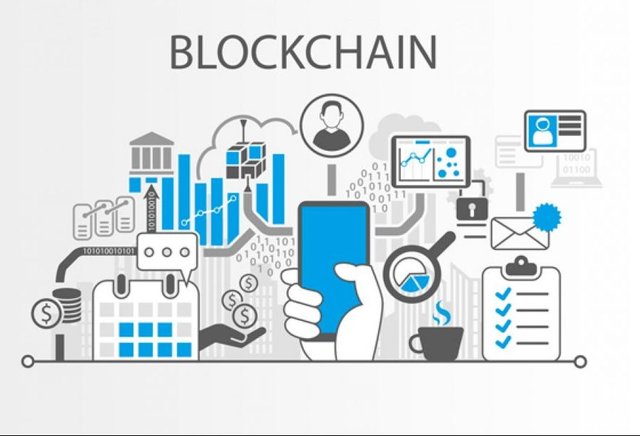
Until the early nineteenth century, a people in Micronesia known as the Yapese had an unusual monetary system, one that can be used to easily explain our modern-day blockchain concept. The island of Yap doesn’t have any limestone, and so around 500 ce the Yapese brought limestone to the island from abroad. Due to its rarity, it quickly became a valued commodity and their monetary supply. What they did was drill holes into the centre of flat circular limestone discs and call them rai stones.
These stones varied in size: most of them were rather big and weighed as much as a car. They became Yap’s main store of value, much like gold. Many smaller transactions still required bartering, but when it came to big purchases like a wedding dowry or paying large debts, the Yapese would trade stones or parts of stones. And this is the fascinating part: whenever a part or a whole rai stone was traded, there were no written documents; the acknowledgement of the ownership of the stone was simply relayed to everyone. If person A sold his big rai stone to person B, they would both simply tell the whole village and that would be that.
Security
This is why Bitcoin is so utterly secure. In order to hack Bitcoin or any other similar blockchain, you would need to hack every single node on the planet at exactly the same time. And there are tens of nodes all over the world, not to mention that Bitcoin uses a military-grade 256-bit secure hash algorithm. In its simplest sense, this means that, in order to hack it, you need to guess a 256-bit sequence of 1s and 0s. Your computer would need to compute around 6.55 × 1076 guesses to crack that 256-bit code. That’s 6.5 followed by 76 zeros! Until quantum computing is finally solved, it’s totally unfeasible for even our best supercomputers, which is why the National Security Agency (NSA) gave up.
Centralized vs decentralized
There’s a bit of confusion about who owns blockchains. As Bitcoin was the first proper crypto out there using a decentralized blockchain, the world quickly, and incorrectly, believed that all blockchains were decentralized.
This definitely isn’t the case. To understand what a decentralized blockchain is, we first need to properly understand what a centralized system is. Let’s have a look at the US monetary system. It’s a centralized system, as is the whole current financial system, because someone, and something, owns and controls it – in this case, the US Central Bank, the Federal Reserve.
Whenever the US Government wants more currency (let’s say to fund a war), it takes out a loan from the Federal Reserve.
The Federal Reserve then types zeros into a computer and invents and creates new currency out of thin air. Over the years, the Federal Reserve has ‘lost’ many trillions of dollars, with no explanation of where they went or when. It has never been audited and refuses to open its doors.
What’s even more shocking is that the Federal Reserve is a private company with private shareholders that earn 8 per cent dividends per year. Spookier still is that its most closely guarded secret is the identity of the shareholders. No one knows but them. Even when roasted by senators in Congress to reveal shareholder identities, representatives of the Federal Reserve wouldn’t.
You really don’t need to believe in the Illuminati because the plain facts about the ‘Fed’ are just as ridiculous. The Federal Reserve can create trillions of dollars from nothing and, if the US Government is struggling to repay it, it can lend more money to pay off older debts. The United States is a debt slave to a private organization.
Apologies for the slight tangent; I could have explained this whole section by saying that a centralized system is when someone or something controls it, and that a decentralized system, like the Bitcoin network, has no owners or controllers. It’s like an open-source ledger where the community runs and maintains it.
The dollar, the pound and any other currency you can think of are all centralized currencies.
Bitcoin is not. Blockchains can be centralized or decentralized. As we’ll see in the next chapter, neither one of these is necessarily good or bad.
Congratulations @abdulbrb! You received a personal award!
You can view your badges on your Steem Board and compare to others on the Steem Ranking
Do not miss the last post from @steemitboard:
Vote for @Steemitboard as a witness to get one more award and increased upvotes!
Downvoting a post can decrease pending rewards and make it less visible. Common reasons:
Submit